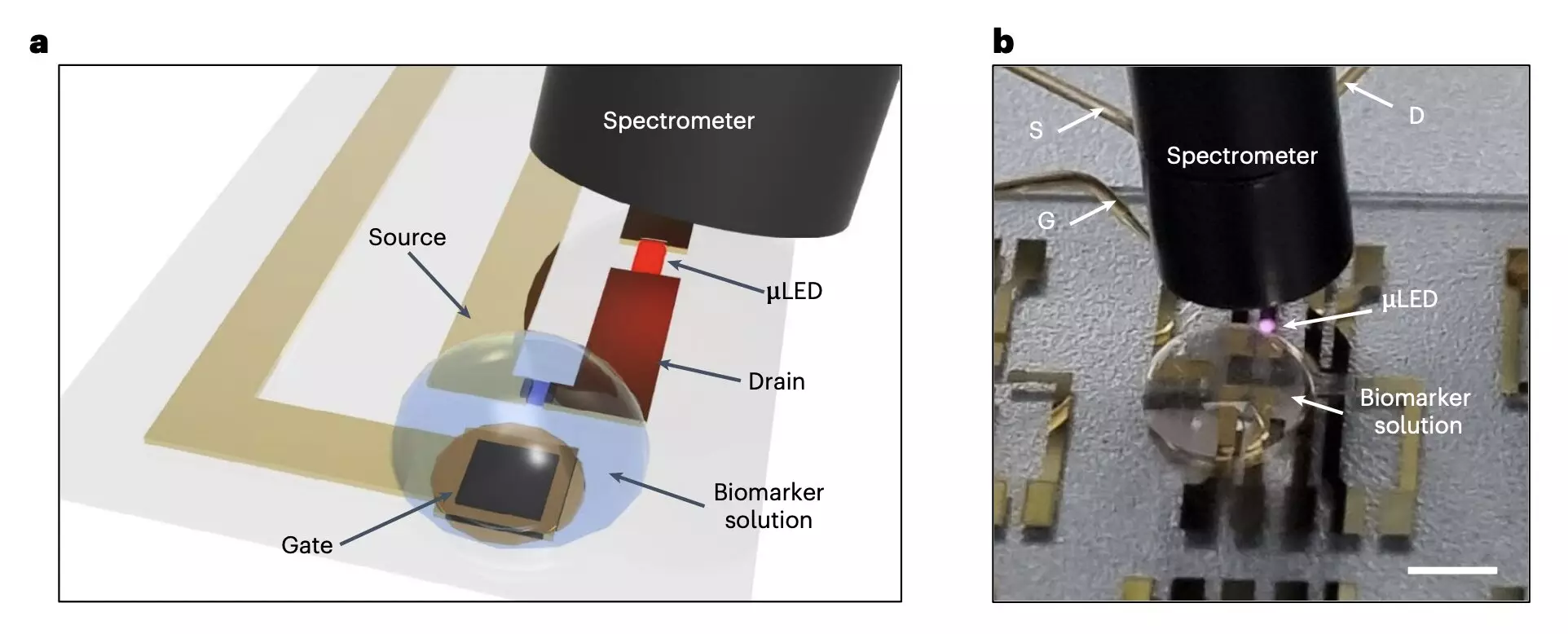In the realm of medical technology, a major leap is being made through wearable devices that can continuously monitor health-related parameters. The integration of electronic engineering and biology has given rise to devices that capture crucial biometric data, thereby offering insights into an individual’s health status. With advancements in organic electrochemical transistors (OECTs), researchers are unlocking the possibility of creating devices that not only collect these signals but also transmit them efficiently without compromising flexibility or comfort.
As we harness advanced electronics, wearable devices have made headway in both athletic and medical environments. They track a plethora of biological signals, including heart rates, sleep patterns, and levels of physical exertion. Their importance is underscored in sports applications, where performance monitoring can fine-tune training regimens and enhance recovery strategies. However, for these devices to serve in clinical settings, they need to monitor more subtle biomarkers such as glucose, lactate, and cortisol, demanding an innovation beyond traditional electronics.
The sophistication of OECTs comes into play here, offering enhanced detection of biochemical markers. Unlike conventional transistors made from rigid materials, OECTs are constructed with organic compounds that provide mechanical flexibility, a vital characteristic for wearables intended for prolonged use on the human body. They allow for the detection of critical substances in bodily fluids, paving the way for revolutionary health monitoring methods.
Research efforts have revealed an intriguing synergy between organic and inorganic materials in the development of next-generation wearable technologies. A groundbreaking study from the Korea Institute of Science and Technology (KIST) highlights this integration, exhibiting how a novel device can monitor several biomarkers. This approach combines OECTs with micro-light-emitting diodes (LEDs) to create a compact device that maintains mechanical integrity even at a minuscule thickness of 4μm.
The dual-functioning sensors not only ascertain the concentration of various analytes but also utilize semiconductor properties for light modulation, making it easier to visualize these measurements. Kyung Yeun Kim and his team reported that the changes in the OECT channel current, prompted by variations in biomarker concentrations, directly affect the LED’s emission. This real-time monitoring capability is potentially transformative in both clinical and athletic environments.
Initial tests demonstrated exceptional performance from KIST’s ultrathin device, with a notable transconductance of 15 mS. This attribute signifies the device’s responsiveness to changes in biological signals, illustrating its potential for accurate health assessments. The success of combining OECTs with LEDs does not just reflect advancements in measurements but suggests an avenue for deeper analysis, such as near-infrared imaging.
Looking forward, the utility of this device may extend beyond mere tracking of biometrics. The ability to adapt the technology to be powered by soft batteries or even solar cells indicates a path toward autonomy and convenience. Such innovations can significantly enhance user experience while minimizing the need for manually charged devices, thus promoting sustained health monitoring.
The path paved by technologies like the one developed by KIST is indicative of a broader trend in the convergence of electronics and health sciences. The potential of wearable devices extends far beyond tracking fitness metrics; they hold substance for clinical diagnostics, alarming healthcare professionals regarding critical biomarker fluctuations in real-time. With such advancements, it’s a compelling time for healthcare technology, showcasing how science and clinical practices can intertwine to revolutionize health monitoring. The call for continuous research and development cannot be overstated, as these innovations signify not just a technological breakthrough but a profound shift in how we approach personal health and wellness.

